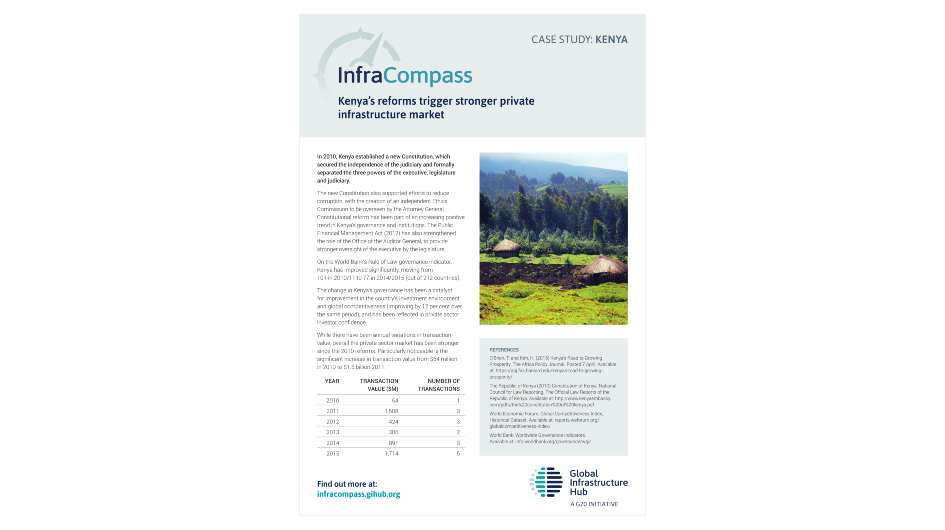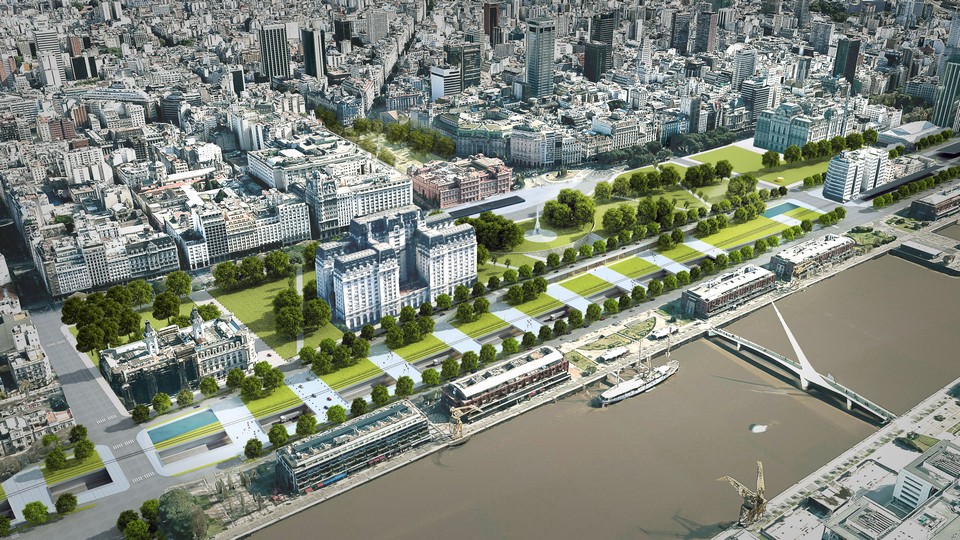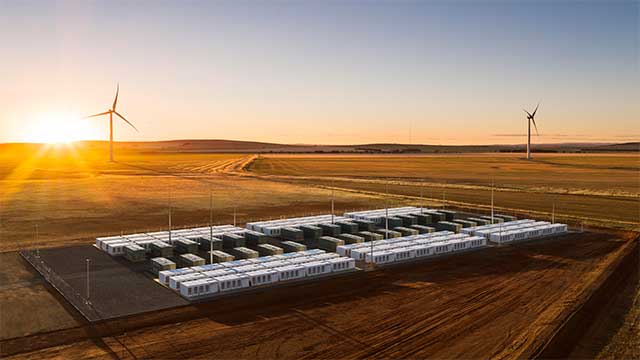325 results found
Featured results

More results
UN ESCAP supports governments in Asia-Pacific in implementing measures to efficiently involve the private sector in infrastructure development.
This analysis was drawn from the GI Hub's InfraCompass tool. and the case study reflects information on how the reform of land registration in the Malaysian state of Sarawak took place.
This analysis was drawn from the GI Hub's InfraCompass tool. The case study reflects on how Colombia has undergone a long period of transition to become an emerging economy leader.
This analysis was drawn from the GI Hub's InfraCompass tool. The case study reflects on how change in Kenya's governance acted as a trigger to make it a stronger private infrastructure marlet.
This toolkit is designed to help decision makers and practitioners in states and municipal governments who are concerned with urban transport development in medium-sized cities in India.
ChinaRAP is a collaboration between the International Road Assessment Programme and the Research Institute of Highway (RIOH), Ministry of Transport (MoT). Launched in 2008, seed financial support was provided through the World Bank Global Road Safety Facility by Bloomberg Philanthropies and now ten times that amount is now mobilised by the Chinese Government.
The iRAP case studies showcase activities that are saving lives and preventing serious injuries on roads.
The report first gives background information on infrastructure prioritization in Panama, then follows with a description of the IPF in technical and implementation terms.
Japan's Program for Earthquake-Resistant School Buildings has increased the seismic safety of Japanese schools, and hence increased the safety of Japanese schoolchildren, teachers, and communities. Since 2003, when the program accelerated, the share of earthquake-resistant public elementary and junior high schools has increased, from under half of schools in 2002 to over 95 percent in April 2015. Japan is sharing knowledge from this program with developing countries through its relationship with the Global Facility for Disaster Reduction and Recovery (GFDRR), whose Global Program for Safer Schools has been supported by the Japan–World Bank Program for Mainstreaming Disaster Risk Management in Developing Countries and its implementing arm, the Disaster Risk Management Hub, Tokyo.
This paper presents a case study of the Brazilian Power Sector
This report outlines lessons from two river basins in India, while arguing how planning for hydropower development needs to evolve from a project-based engineering approach to a more holistic one.
The InterAmerican Development Bank´s Sustainable Infrastructure Framework aims to help foster shared understanding of the key dimensions and attributes of sustainable infrastructure. The IDB Framework was adapted to Mexico after a thorough analysis of Mexico’s national development strategy and infrastructure investment priorities, in close collaboration with relevant stakeholders.
The USD 1.1 billion Pennsylvania Rapid Bridge Replacement (RBR) Project is the first multi-asset public-private partnership (PPP) project to be undertaken in the US, using a bundled contract approach to replace 558 structurally deficient (SD) bridges across Pennsylvania.
The USD 700 million Paseo del Bajo project is a transformative road corridor project being developed by the City of Buenos Aires (CABA) in Argentina to ease traffic and improve connectivity between the North and South areas of the city.
The USD 508.62 million CLSG Interconnector Project is a landmark cross-border project involving the construction of a transmission line of over 1,300km, with the aim to interconnect the CLSG countries’ energy systems into the West Africa Power Pool (WAPP) regional energy network.
The Hornsdale Power Reserve is the world s largest lithium-ion battery which is helping to manage summertime peak load, reduce intermittencies and improve the security of South Australia s electrical infrastructure.
The hub was developed by Statistic Canada in collaboration with Infrastructure Canada in 2018
The Thames Tideway Tunnel is an interceptor sewer being constructed in central London to control the 39 million tonnes of untreated sewerage that flows in to the Thames River on an annual basis
FOR CONSULTATION The draft Guidance Note on National Infrastructure Banks and Similar Financing Facilities is open for public consultation to capture your insights and feedback for the final version.





 Link
Link








